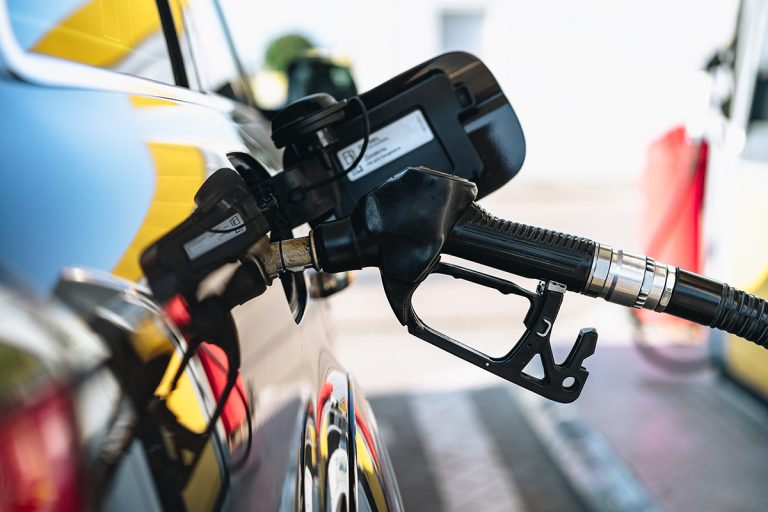America’s “Generation Energy” has achieved something that seemed impossible: an increase in energy consumption coupled with a consistent decline in carbon dioxide emissions to the lowest in several decades. That’s what the chief executive of the American Petroleum Institute told a news conference at the annual State of American Energy address.
“Every generation has its own defining challenges, and its own defining accomplishments. We call this one ‘America’s Generation Energy’ because of a remarkable dual achievement: meeting record world energy demand while driving record CO2 emissions reductions. Thanks to America’s Generation Energy and its cutting-edge innovations, the U.S. energy outlook is stronger than ever,” Mike Sommers said.
Indeed, data from the World Bank shows that CO2 emissions in the United States fell to the lowest level in 50 years in 2012 on a per capita basis. At the same time, oil and gas production has been growing, especially in the last two decades thanks to the shale revolution. However, it’s worth noting that emissions have not been falling throughout these 50 years: there was a consistent decline over the three years to 2017 but now, CO2 data from emissions tracker Rhodium Group suggests, these may have actually risen in 2018, by 3.4 percent.
Sommers also praised the increase in U.S. crude oil exports, saying “Net oil imports this year are set to fall to their lowest levels since 1958. On some days, we actually export more oil than some OPEC nations produce. That’s a monumental shift in the global balance of energy power, and it’s paying off in communities across the nation – cutting family budgets and bringing manufacturing jobs back.”
Data from the Energy Information Administration shows U.S. crude oil exports hovered around the 2-million-bpd mark between May and October last year, dipping to 1.75 million bpd in August but recovering and rising to 2.326 million bpd in October.Related: Colombia’s Oil Rebound Off To A Rough Start In 2019
At the same time, imports, including from OPEC, stood at over 10 million bpd for all but two months in the May-October period, falling to 9.42 million bpd in October. In other words, the United States remains a net oil importer despite occasional peaks. Over the May-October 2018 period, crude oil imports from Canada alone were double the average rate of exports, at 4-4.55 million bpd.
Another outtake from the API’s annual State of American Energy address was a poll seeking to gauge the sentiments of Americans towards the domestic energy industry. The poll found that the overwhelming majority supported the growth in local crude oil and natural gas production and the increased development of energy infrastructure.
As much as 77 percent of the 1,000 participants in the survey said they supported policies in favor of the energy industry, according to API’s chief executive, with 90 percent seeing “personal value” in crude oil and natural gas. Some 83 percent saw oil and gas as “important for the future”.
The results of the poll are hardly a surprise, despite a lot of vocal opposition to pipelines and drilling on federal lands. Rising local production of oil and gas has had an overall positive effect on household spending and as the poll suggests most people are happy about it whatever the side effects of more drilling environmentalists protest against may be.
—Oilprice.com





